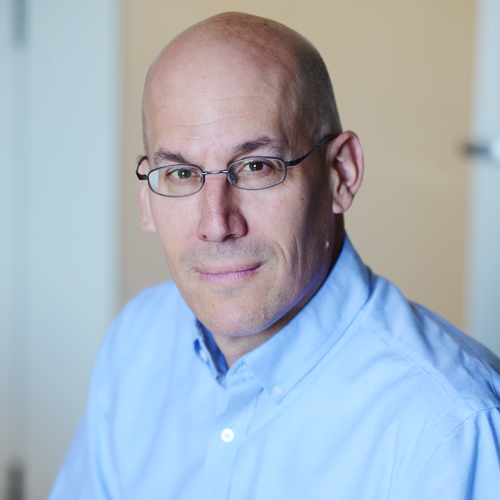Alexander Gaeta | Learning How to Engineer Light
Physicists have long been fascinated by the behavior and properties of light. That drive to understand light and harness its frequencies led to inventions including X-ray and strobe technology and the laser, all of which have expanded the boundaries of science, medicine, industry, and defense.
Researchers like Alexander Gaeta, David M. Rickey Professor of Applied Physics and of Materials Science, study nonlinear optics, or how light interacts with matter. By doing so, they uncover new ways to use light, from getting a closer look at ultrafast processes in physics, biology and chemistry, to enhancing communication and navigation, medical testing, and security.
Along with Profs. Keren Bergman and Michal Lipson, Gaeta is set to break new ground in nanophotonics.
For Gaeta, a pioneer in nonlinear optics, and his team of researchers, the key to furthering that technology is fully understanding how light of one color (i.e., light frequency) can interact with a material to create new colors.
“Some of our work involves the interaction of light with matter at extremely short durations—billionth of millionth of seconds—and at extreme light intensities,” says Gaeta. “It can be pretty spectacular.”
In other research in his lab, Gaeta focuses on creating new frequencies of light using silicon rings created by Professor Michal Lipson’s group.

Alexander Gaeta, David M. Rickey Professor of Applied Physics and of Materials Science
“We shine laser light into tiny little silicon rings. Depending on how the rings are designed, we can send in one frequency of light and get thousands of new frequencies,” he explains. New frequencies of light could positively impact the speed of data transfer and communication processes. But it’s how these new frequencies align that really has Gaeta interested.
“While the creation of new frequencies is exciting, we also have learned that in these micro-rings, these frequencies are generated such that the separation between them is extraordinarily and exactly identical—similar to what a comb would look like.”
Optical frequency combs can be used as very exact rulers to measure the frequencies of other light sources with extremely high exactitude, making it an important spectroscopic tool able to measure, identify and manipulate molecules and atoms. Optical frequency combs also make it possible to build optical atomic clocks to keep track of the passage of time with extraordinary precision. They also help researchers watch chemical reactions in real time.
But optical frequency combs have not yet had widespread commercial use—Gaeta’s personal holy grail for his work.
“Frequency combs are used in research all the time, but this is a field of investigation that I know has great potential for commercial applications,” he says. “We can put this all on a silicon chip, which makes it compact and energy efficient. Future potential uses could include advanced communication and navigation systems, remote chemical detection, and medical testing.”
Prior to joining Columbia Engineering, Gaeta was the Samuel B. Eckert Professor of Engineering at Cornell University, where he also served as the Chair of the School of Applied and Engineering Physics from 2011 to 2014 and the Director of the Center for Nanoscale Systems from 2007-2012. He is a fellow of the America Physical Society and the Optical Society of America and is the founding editor-in-chief of Optica.
BS (1983), MS (1985), and Ph D (1991), University of Rochester, Rochester, New York
